-
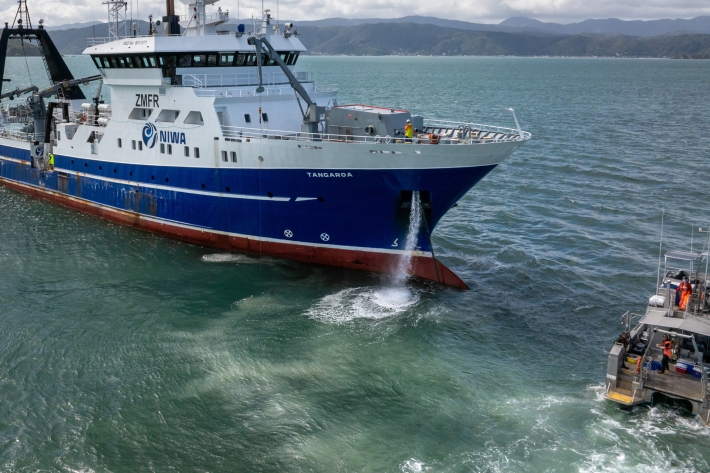
New study to combat harm caused by anchoring
Media release16 April 2024Ship anchors may cause extensive and long-lasting damage to the seafloor, according to new NIWA research. -
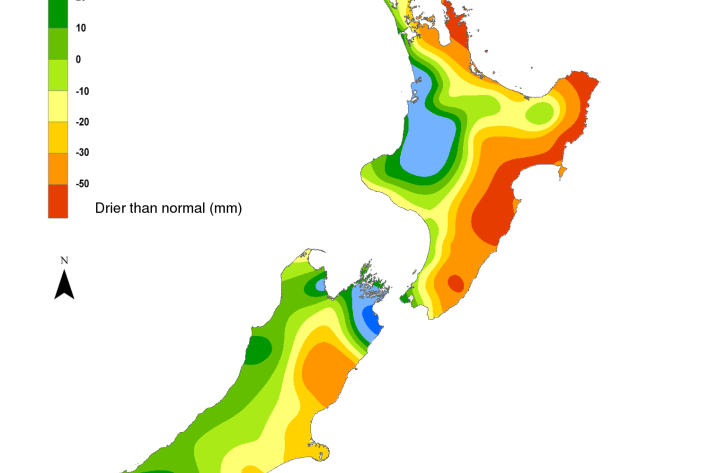
Hotspot Watch 15 April 2024
Hotspot15 April 2024A weekly update describing soil moisture patterns across the country to show where dry to extremely dry conditions are occurring or imminent. -
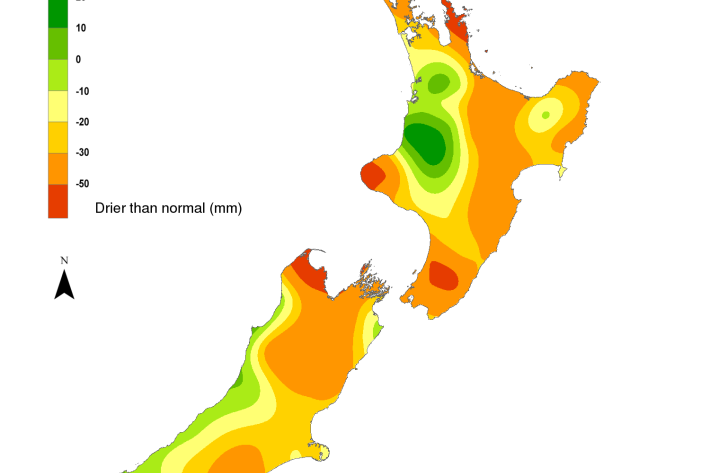
Hotspot Watch 4 April 2024
Hotspot04 April 2024A weekly update describing soil moisture patterns across the country to show where dry to extremely dry conditions are occurring or imminent. -
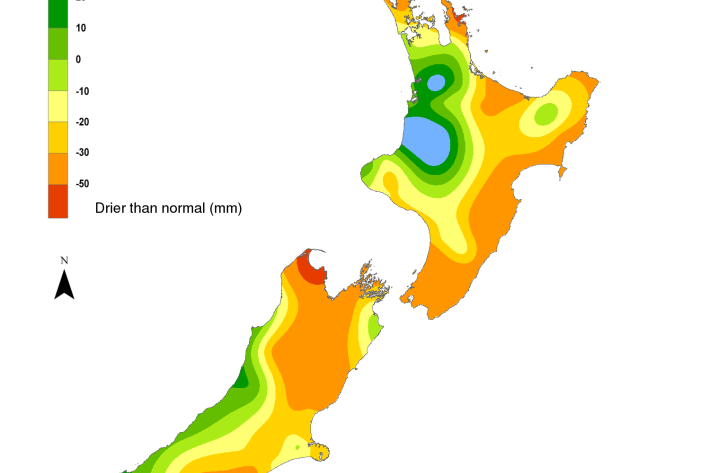
Hotspot Watch 28 March 2024
Hotspot28 March 2024A weekly update describing soil moisture patterns across the country to show where dry to extremely dry conditions are occurring or imminent. -
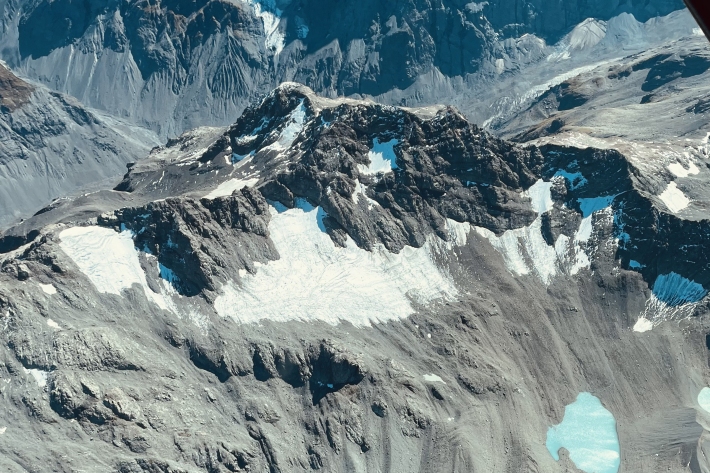
Snowline survey reveals continued shrinkage of NZ glaciers
Media release25 March 2024New Zealand’s glaciers appear "smashed and shattered" due to enduring ice loss, says NIWA. -
![Soil moisture anomaly map (mm) at 9am on 14 March 2024. [NIWA]](/sites/default/files/styles/card/public/2024-03/smdanom_20240321.png?h=8684f5b5&itok=gQxllFn2)
Hotspot Watch 22 March 2024
Hotspot22 March 2024A weekly update describing soil moisture patterns across the country to show where dry to extremely dry conditions are occurring or imminent. -

Hotspot Watch 15 March 2024
Hotspot15 March 2024A weekly update describing soil moisture patterns across the country to show where dry to extremely dry conditions are occurring or imminent. -
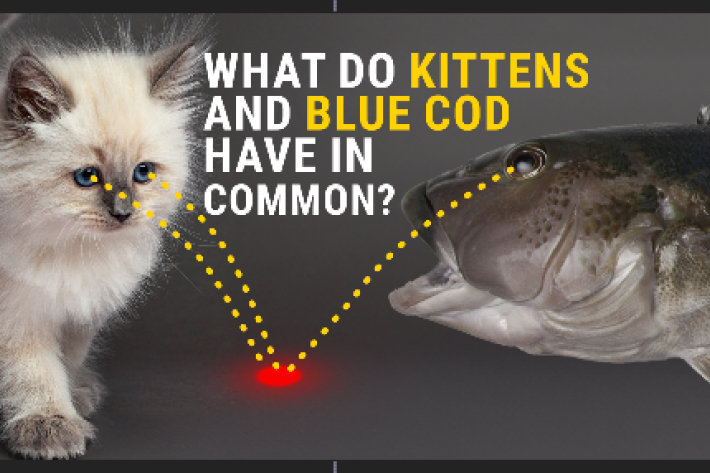
What do kittens and blue cod have in common?
Media release15 March 2024Strange fish behaviour has been captured by NIWA scientists -
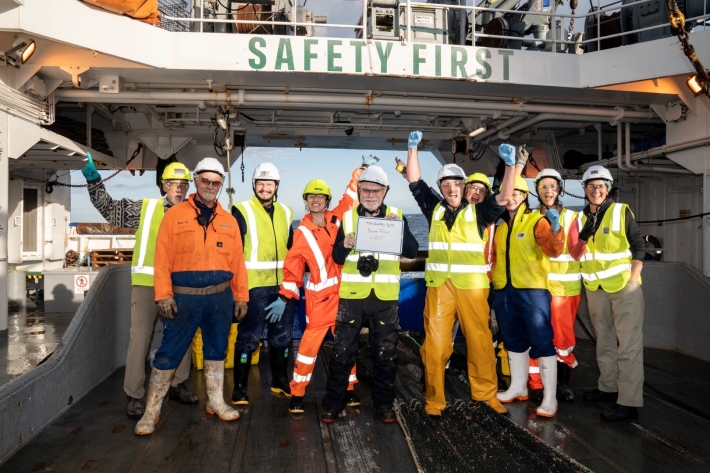
New ocean species discovered in Bounty Trough
Media release12 March 2024Scientists on an expedition to the underexplored Bounty Trough off New Zealand have discovered around 100 new and potentially new ocean species. -

Hotspot Watch 8 March 2024
Hotspot08 March 2024A weekly update describing soil moisture patterns across the country to show where dry to extremely dry conditions are occurring or imminent. -

Many New Zealand glaciers are headed for extinction
Media release06 March 2024A culmination of over 45 years of research is painting a grave picture for the state of our iconic glaciers. -
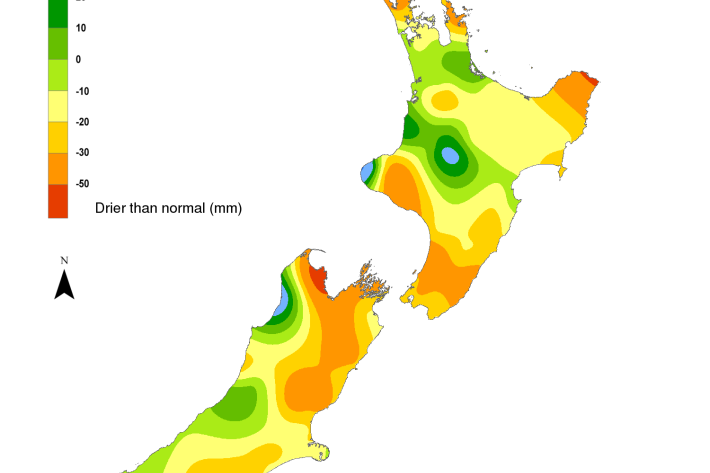
Hotspot Watch 1 March 2024
Hotspot01 March 2024A weekly update describing soil moisture patterns across the country to show where dry to extremely dry conditions are occurring or imminent.
